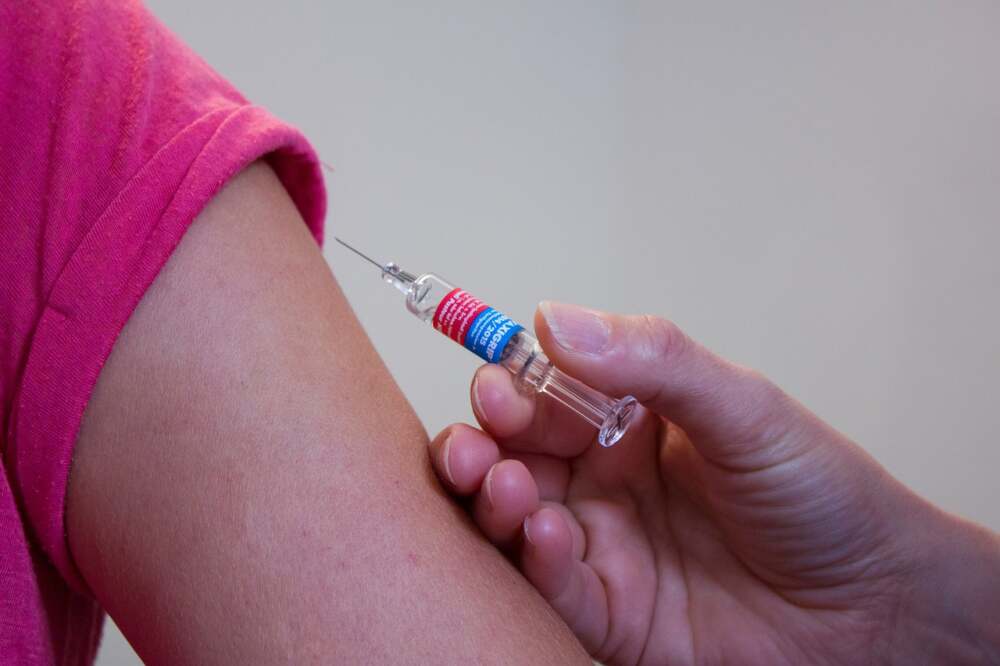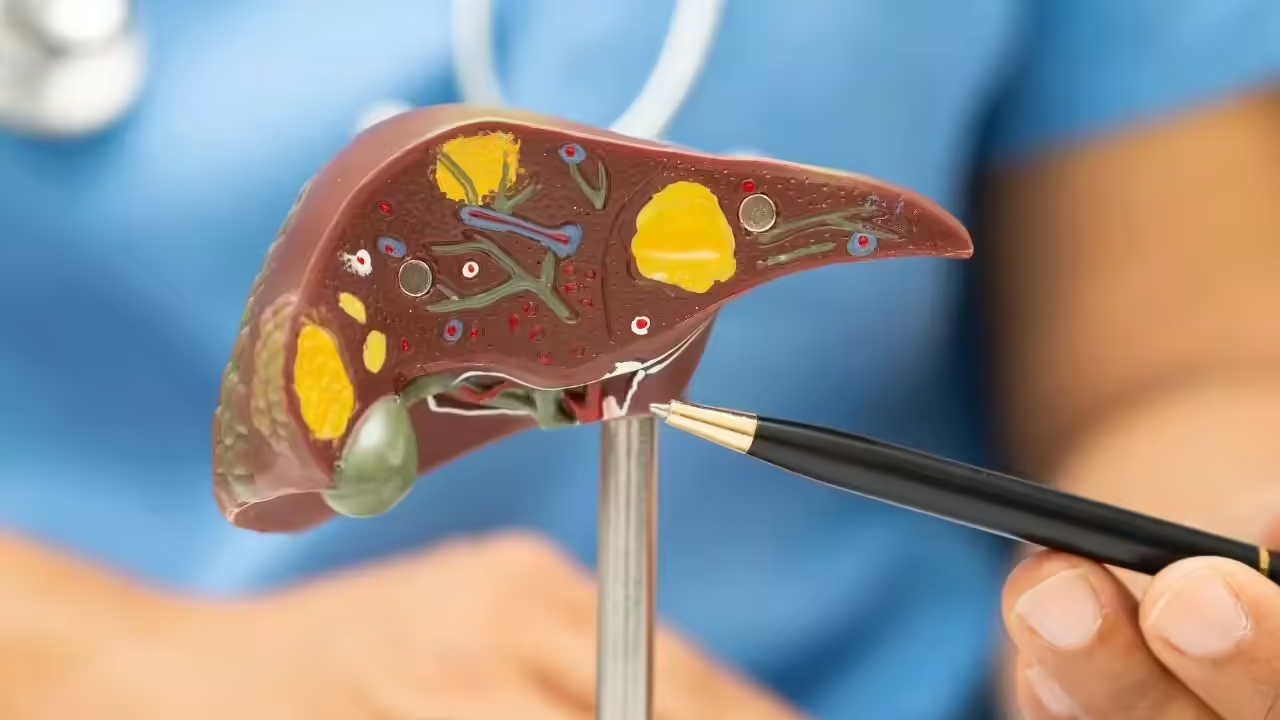Medical researchers have formally recognized a distinctive form of diabetes tied to malnutrition and atypical symptoms. For years, cases that didn’t conform to classic Type 1 or Type 2 patterns have puzzled clinicians and patients alike. Now, the condition has been renamed to reflect its unique characteristics, and experts hope the change will lead to better diagnosis, treatment, and awareness.
What Is This Newly Classified Diabetes?
This emerging category—sometimes referred to colloquially as “Type 5 diabetes”—captures cases in which patients show signs of impaired glucose regulation but do not fit conventional profiles. Key features often include:
- A history of chronic undernutrition or malnourishment, especially during childhood
- Symptoms that are atypical for standard diabetes forms (e.g. fatigue, abdominal discomfort, weight loss)
- Weak or delayed insulin response, but without early aggressive autoimmunity or full insulin resistance
- Poor response to standard diabetes treatments or mixed responses
Because patients with these presentations often fall between diagnostic cracks, many have been misclassified or left untreated for years.
Why This Classification Matters
Calling this condition “Type 5” is more than semantics. The shift has several important implications:
- Improved Diagnosis
Clinicians will be better equipped to identify this form, rather than forcing a forced misclassification as Type 1 or Type 2. Patients with malnutrition backgrounds or odd symptom combinations may be assessed more carefully. - Tailored Treatment
Because the underlying mechanisms may differ—less autoimmunity, more metabolic stress—treatments designed for classic diabetes may not work well. Recognizing Type 5 should drive research into therapies suited to its pathology. - Greater Awareness
Many health systems, especially in low- and middle-income countries, have struggled to address the rise in non-classic diabetes forms. This naming may push global health bodies to include Type 5 in guidelines, surveillance, and funding. - Avoiding Misdiagnosis Harm
Mislabeling patients can lead to ineffective or damaging therapies. For example, long-term insulin treatment may not always be ideal if underlying insulin deficiency is minimal or inconsistent. Conversely, relying solely on insulin sensitizers won’t help if insulin secretion is insufficient.
Challenges & Next Steps
- Scientific understanding is still limited
Researchers caution that calling it “Type 5” should not imply all mechanisms are known. More work is needed to map how malnutrition, organ development, hormonal signaling, and genetics converge in these cases. - Patient heterogeneity
The term may cover a spectrum. Some patients lean more toward insulin insufficiency, others toward metabolic dysfunction. This heterogeneity complicates study and treatment. - Resource constraints in affected regions
Many patients with this form live in areas with weak health infrastructure, where advanced diagnostics (antibody panels, insulin secretion tests) are unavailable. Scaling diagnostic access will be a hurdle. - Need for new clinical trials
Existing treatments are optimized for Type 1 or Type 2. New trials are required to test medications, lifestyle changes, nutritional support, and perhaps combination therapies specifically for Type 5.
What This Means for Patients & Practitioners
- If someone shows signs of diabetes but doesn’t quite fit typical patterns—especially with a history of malnutrition—they should raise the possibility of Type 5 with their doctor.
- Doctors may begin ordering more nuanced testing, such as insulin secretion curves, nutritional status evaluation, and metabolic panels.
- Treatment approaches may increasingly consider not just glycemic control, but also nutritional rehabilitation, mitochondrial support, and gradual metabolic re-conditioning.
- Awareness campaigns may emerge in countries where atypical diabetes cases have long been underdiagnosed.
Bottom Line
The formal naming of this malnutrition-associated, symptom-atypical diabetes as “Type 5” represents a significant step in medicine. It gives voice to patients long misdiagnosed or overlooked, and opens doors for more precise research, clinical protocols, and hope. As the medical community ramps up its understanding, the ultimate goal is that no patient falls between diagnostic categories — and that everyone receives care tailored to their specific disease biology.
















Leave a Reply